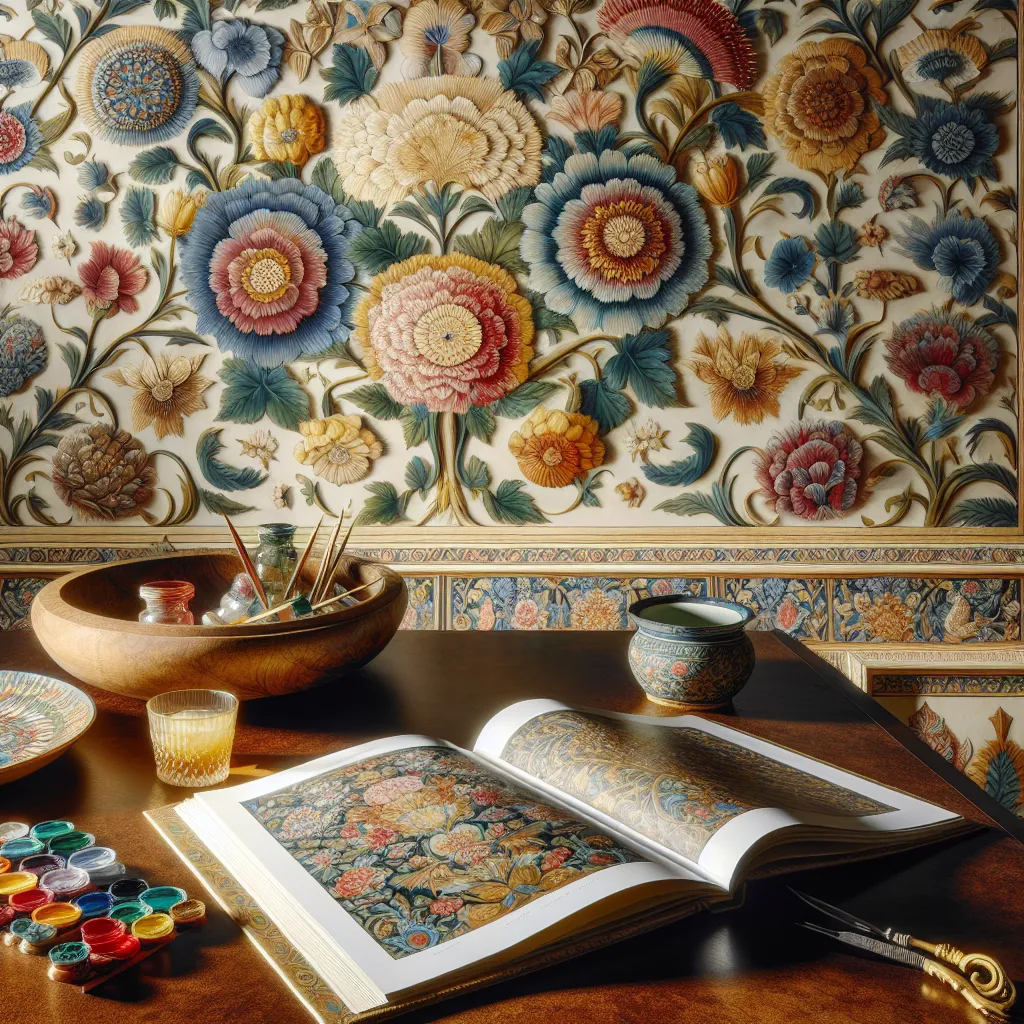The History of Hand-Painted Decorations: From Ancient Artistry to Modern Trends
The history of hand-painted decorations spans centuries, with roots dating back to ancient civilizations such as the Egyptians, Greeks, and Romans. These early societies used hand-painted decorations to adorn their temples, palaces, and everyday objects, showcasing their craftsmanship and artistic prowess. The artistry of hand-painted decorations continued to evolve throughout history, with intricate designs and motifs becoming synonymous with different cultures and periods.
During the Renaissance, hand-painted decorations reached new heights, as artists such as Michelangelo and Leonardo da Vinci infused their creations with unparalleled beauty and sophistication. The intricate detailing and vibrant colors of these hand-painted decorations mesmerized audiences and set the stage for a new era of artistic expression.
In the modern era, hand-painted decorations have experienced a resurgence, with interior designers, artisans, and homeowners embracing the timeless allure of unique, hand-crafted designs. From elegant floral patterns to bold, abstract motifs, hand-painted decorations continue to captivate with their individuality and charm. With the rise of sustainable and artisanal movements, hand-painted decorations have found a new appreciation for their authenticity and artisanship.
Today, hand-painted decorations adorn a myriad of surfaces, from walls and furniture to ceramics and textiles, offering a bespoke and luxurious touch to any space. The enduring appeal of hand-painted decorations speaks to the timeless elegance and artistic excellence that have been cherished throughout history and continue to inspire modern trends.
Techniques and Tools: Mastering the Craft of Hand-Painted Designs
The artistry of hand-painted decorations brings a unique and personal touch to interior design, with the use of specialized techniques and tools playing a crucial role in mastering this craft. One of the most common techniques used in hand-painted designs is faux finishing, which involves creating the illusion of textures such as marble, wood, or stone on walls, ceilings, or furniture. This is achieved through the skillful use of tools such as sponges, brushes, and glazes, as well as various layering and blending methods.
Another popular technique is trompe l’oeil, which translates to “deceive the eye” in French. This method involves creating realistic imagery that tricks the viewer into believing that the painted object is three-dimensional. Achieving this effect requires a high level of precision and artistry, often utilizing specialized brushes and fine detail work.
Furthermore, the art of hand-painted decorations often involves the use of stencils, which allow for intricate and repetitive designs to be applied with accuracy and consistency. Stencil brushes and stippling techniques are commonly employed to create crisp and clean patterns, adding a touch of elegance and sophistication to the finished product.
Artists specializing in hand-painted decorations also rely on a variety of high-quality paints, including acrylics, oil-based paints, and specialty finishes, to achieve the desired aesthetic and durability. Additionally, the use of protective coatings such as varnishes or sealants is essential to ensure the longevity of hand-painted designs, especially in high-traffic areas.
Mastering the craft of hand-painted designs requires not only artistic talent but also a deep understanding of the techniques and tools involved. With the right skills and a creative vision, artisans can transform ordinary surfaces into uniquely beautiful works of art, adding a timeless and bespoke element to any space.
The Enduring Allure of Hand-Painted Décor: Timeless Elegance in Contemporary Interiors
The enduring allure of hand-painted décor lies in its ability to infuse contemporary interiors with timeless elegance. In a world dominated by mass-produced items, hand-painted decorations stand out as uniquely beautiful designs that add a touch of artistry and individuality to any space.
Whether it’s a delicate floral motif adorning a piece of furniture or a mural gracing the walls of a room, hand-painted décor brings a sense of craftsmanship and exclusivity that cannot be replicated by machine-made alternatives. Each brushstroke carries the mark of the artist, creating a connection between the creator and the finished work that transcends the purely functional aspects of decoration.
Furthermore, hand-painted decorations offer a level of customization that is unparalleled. Artists can work with clients to develop bespoke designs that perfectly complement the aesthetic of a space, whether it’s a modern apartment or a traditional home. This ability to tailor the décor to specific preferences ensures that hand-painted designs become an integral part of the overall design scheme, seamlessly blending into the environment.
In an age where trends come and go, hand-painted decorations endure as a symbol of enduring craftsmanship and individual expression. By incorporating these unique designs into contemporary interiors, homeowners can create spaces that are not only visually stunning but also imbued with a sense of heritage and artistry that will never go out of style.
